Does cardiopulmonary testing help predict long-term survival after oesophagectomy?
ABSTRACT NUMBER: NESS PRIZE FOR JUNIOR TRAINEES (BELOW ST3)_8
AUTHOR
Jakub Chmelo
MAIN ABSTRACT TEXT
Introduction
Oesophagectomy is associated with a high rate of morbidity and mortality. Preoperative cardiopulmonary fitness has been correlated with outcomes within major surgery. Variables derived from CPET have been associated with postoperative outcomes. It is unclear whether preoperative cardiorespiratory fitness of patients undergoing oesophagectomy is associated with long-term survival. The aim of this study was to evaluate whether any of the cardiopulmonary exercise testing (CPET) variables that are routinely derived in patients with esophageal cancer may aid in predicting long-term survival after oesophagectomy.
Methods
Patients undergoing CPET followed by trans-thoracic oesophagectomy for oesophageal cancer with curative intent between January 2013 and January 2017 from single high-volume center were retrospectively analysed. The relationship between predictive co-variables including CPET variables, and survival was studied with a Cox proportional hazard model. Receiver operation curve (ROC) analysis was conducted to find cut-off values for CPET variables predictive of 3-year survival.
Results
A total of 313 patients were analysed. The ventilatory equivalent for carbon dioxide (VE/VCO2) at anaerobic threshold was the only CPET variable independently predictive of long-term survival in multivariable analysis (HR 1.049, 95% CI 1.011-1.088, p=0.011). Pathological stage III and IV disease was the other co-variable found to be independently predictive of survival. ROC analysis of the VE/VCO2 failed to demonstrate a predictive cut-off value of 3-year survival (AUC=0.564, 95% CI 0.499-0.629, p=0.056).
Conclusion
A high VE/VCO2 before oesophagectomy for malignant disease is an independent predictor of long-term survival and may be an important variable for consideration when counselling patients.
